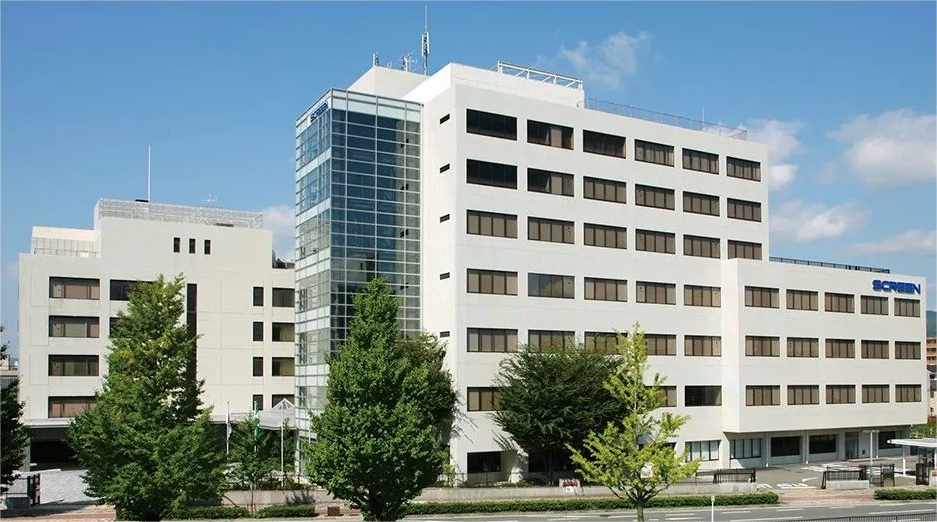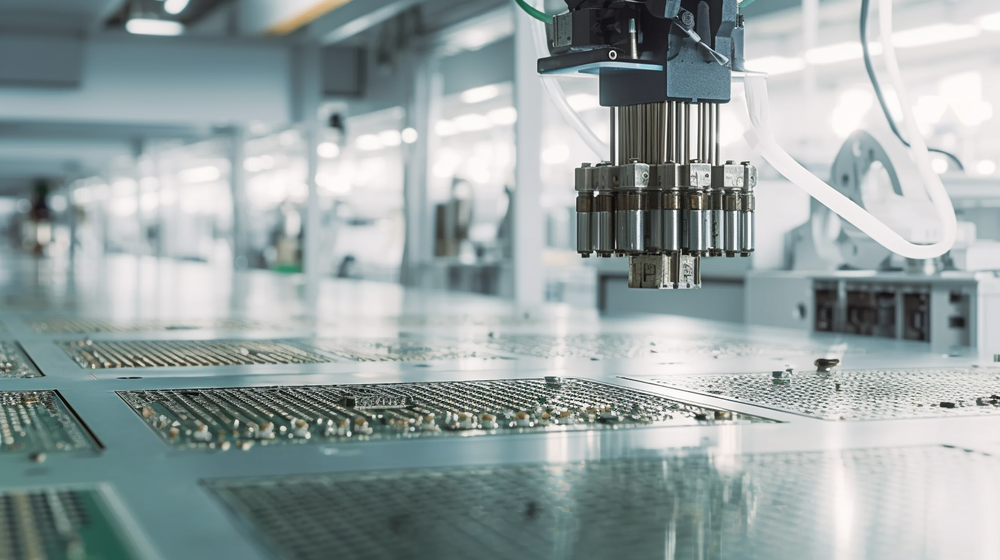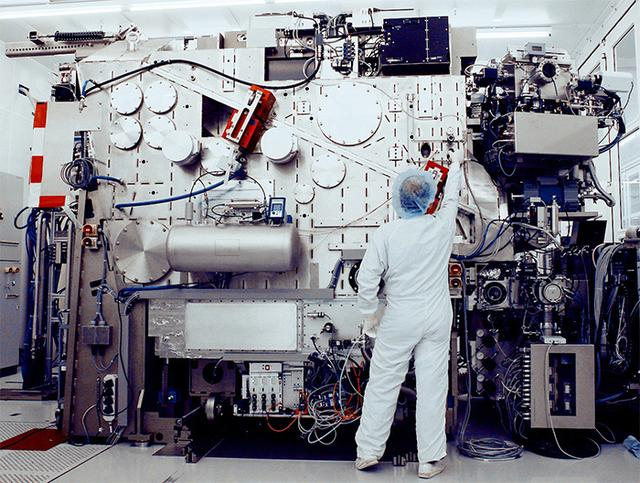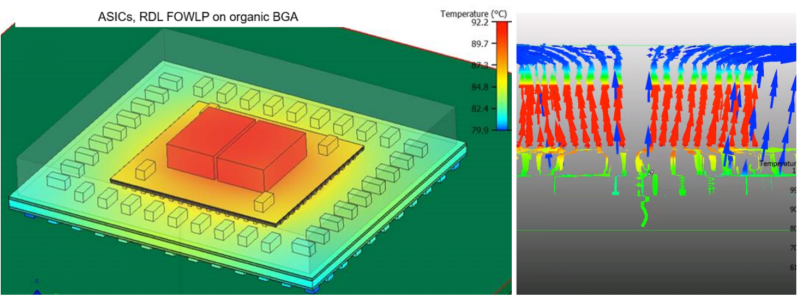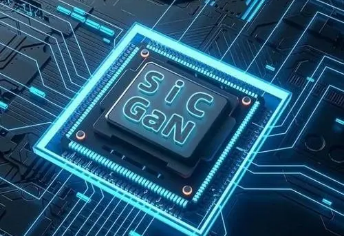Progress in preparation and application of ceramic coatings
1,Properties and classification of ceramic coatings
Ceramic coating is a general term for a class of inorganic non-metallic coating, which not only maintains the advantages of high temperature resistance, wear resistance and corrosion resistance of traditional ceramic materials, but also maintains the structural strength of the base material.
Ceramic coating according to the chemical composition of the material, the main oxide coating, non-oxidation coating, silicate coating, composite ceramic coating. Oxide ceramics commonly used coating materials are Al2O3, TiO2, ZrO2, Cr2O3, SiO2, MgO, BeO, Y2O3, etc. Carbide ceramics mainly include SiC, WC, BC, TiC, etc. Nitride ceramics mainly include Si3N4, TiN, BN, AlN, etc. Boride ceramics, commonly used TiB, ZrB2 and so on. In addition, with the increasingly stringent requirements for ceramic coatings in engineering applications, some new ceramic coatings are also the focus of current research, such as rare earth ceramic coatings, multiphase coatings, MAX phase coatings and so on.
From the application point of view, it is also divided into ceramic coatings with different special properties, such as high temperature insulation coating, wear resistance and erosion resistance coating, heat treatment protective coating, high temperature lubrication coating, atomic energy coating and so on.
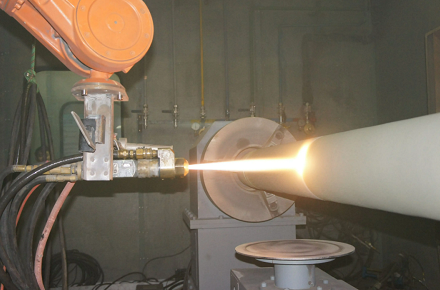
2,Preparation technology of ceramic coating
At present, the commonly used ceramic coating preparation technology mainly includes laser cladding technology, self-spreading technology, thermal spraying technology, sol-gel method, vapor deposition and other methods.
2.1
Laser cladding technology
Laser cladding technology uses laser as a heat source to melt the coating material and the substrate surface at the same time to produce a new surface coating technology (see Figure 1). This technology can melt the ceramic material to overcome its difficult processing characteristics, greatly improve the service life of the matrix, high temperature resistance, corrosion resistance, pressure resistance and a series of performance indicators, can prepare high-quality ceramic coating, so many experts and scholars are committed to the research of this technology.
2.2
Thermal spraying process
Thermal spraying technology is one of the effective methods for preparing nano-structured ceramics. At present, thermal spraying technology has differentiated into more types in the process of market demand and scientific and technological development, among which, arc spraying materials need to conduct electricity, and plasma spraying can spray most of the materials, with a high degree of automation, is the best choice for spraying high-melting ceramic materials.
2.3
Sol-gel method
Sol-gel method is a method of preparing coatings with chemical solution, which can control the composition, forming and microstructure of the material. This method has the advantages of simple equipment and controllable microstructure of the material. Adding ceramic aggregate to the sol and combining with heat-resistant adhesive to prepare ceramic coating can reduce the volume fraction of solvent and reduce the cracking tendency of the film layer after drying and curing. The hardness, wear resistance, corrosion resistance and high temperature oxidation resistance of new ceramic coatings prepared by sol-gel method have been mostly confirmed by researchers.
2.4 Self-propagating technique
Self-propagating high temperature synthesis (SHS), also known as combustion synthesis, is a method of preparing materials that appeared in the middle of the 20th century. This method uses the principle of exothermic heat to heat the combustion to a certain temperature through the mixed reactants, and spreads from local combustion to the entire system to synthesize the required materials. Compared with the traditional process, the method has obvious advantages: first, the production process is simple and the equipment is easy to use; Second, rapid reaction time and short production cycle; Third, low energy consumption; Fourth, less impurities and high purity of the product.
2.5
Vapor deposition
Vapor deposition is divided into physical vapor deposition (PVD) and chemical vapor deposition (CVD).
2.5.1 Physical Vapor Deposition (PVD)
PVD is a technology in which the material or target to be plated is evaporated into gas by heating or high-energy beam bombardment in a vacuum chamber and deposited on the surface of the workpiece to form a coating.
2.5.2 Chemical Vapor Deposition (CVD)
CVD is a process that uses multiple gases to chemically react on the surface of a heated part to obtain the desired coating. When the coating is prepared by CVD technology, because the flow of the reaction gas can make the coating element reach any part of the complex part or the cavity part, the biggest feature of the process is that it has a very high surface coating rate, and no process can replace it.
3.Progress in the application of ceramic coatings
3.1
Thermal barrier protection (Thermal barrier ceramic coating)
The basic requirements of thermal barrier coating are high temperature resistance and high temperature oxidation resistance. Firmly combined with metal matrix; Low thermal conductivity, good insulation; The linear expansion coefficient is well matched with the metal matrix, and the number of heat resistant cycles is high. It is mainly used in the heating parts of aviation, naval and land gas turbines, as well as civil internal combustion engines, pressure turbines, and oxygen spray guns for metallurgical industry.
3.2
Anti-corrosion function
A classic application of ceramic coating is the corrosion protection of petrochemical, Marine and other equipment. The coating used for pipeline corrosion protection is mainly organic coating, but due to aging deterioration, heat and cold resistance problems, the service life of the pipeline is limited, nano ceramic coating has the characteristics of anti-aging, temperature resistance, corrosion resistance and so on, which can greatly extend the service life of the pipeline. In addition, the nano-ceramic coating has good anti-cathode stripping ability and can adapt to the Marine working environment.
3.3
Reduce friction
Friction and wear are common problems in nature, and for transportation equipment, about 80% of the parts fail because of material wear. With the continuous development of science and technology and the rapid rise of modern industry, the requirements of mechanical parts for their surface wear resistance are becoming more and more stringent [9]. The use of wear-resistant ceramic coating sprayed on the surface of the equipment can make the equipment both the strength and toughness of metal, machinability and wear resistance, high temperature resistance, corrosion resistance, insulation and other properties of the ceramic, which is of great significance for improving social and economic benefits and extending the service life of parts. For example, in the thermal power station fan coated with wear-resistant ceramic coating can improve its service life; The use of wear-resistant ceramic coated piston rod in the opening and closing machine of large water conservancy projects can effectively overcome the phenomenon of oil leakage and stuck in the traditional piston rod for a long time.
3.4
Electrical insulation
Ceramic coatings generally have good insulation and are in high demand in the mechanical, industrial and automotive industries, in addition to applications in the electronic and electrical industries. In the electronic industry, the metal-ceramic composite formed by thermal spraying insulating ceramic coating on the metal plate is the ideal substrate material in the microelectronics industry. The high thermal conductivity of the metal will quickly dissipate the heat generated by the strong current, and the ceramic layer provides excellent dielectric insulation properties.
3.5
Other
In many other fields, ceramic coatings are also widely used. For example, in the field of biomedicine, coating the surface of medical metal alloys with ceramic coatings that are biocompatible with the human body not only improves the service life of medical materials, but also well solves the problem of biocompatibility of medical materials in the human body, and the performance is more stable and firm after the material is implanted in the body.
4.Outlook
At present, there are many kinds of ceramic coatings and their preparation processes, and they play a huge role in various fields, but there are still many problems to be solved. From the perspective of ceramic coating, its mechanical properties and matrix bonding strength are the key; From the perspective of preparation technology, the method of simple operation, low cost, high quality, low cost and environmental friendly is the direction of current and future efforts. In the future, for the development of ceramic coatings, first of all, the comprehensive properties of the coating and the strength of the substrate should be improved; Secondly, strengthen the research of ceramic coating preparation, improve the shortcomings of the existing preparation process, and develop a better preparation process.
Fountyl Technologies PTE Ltd, is focusing on semiconductor manufacturing industry, main products include: Pin chuck, porous ceramic chuck, ceramic end effector, ceramic square beam, ceramic spindle, welcome to contact and negotiation!



